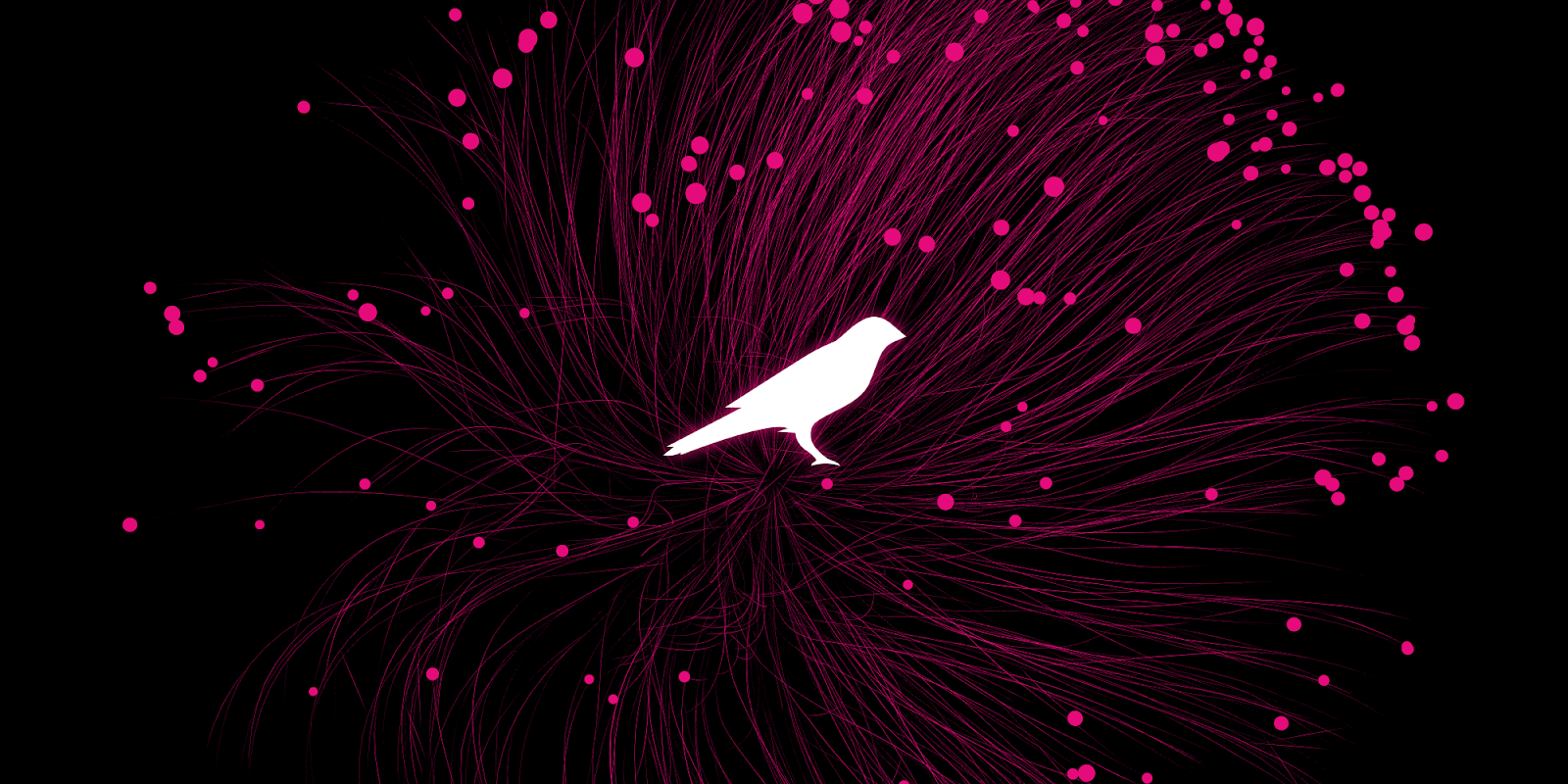Ensuring Network Security and Interoperability: Kusama’s Relay Chain

Kusama’s Relay Chain plays a crucial role in ensuring the integrity and resilience of the network while enabling seamless communication between different chains. This article explores the significance of Kusama’s Relay Chain in maintaining network security and fostering interoperability. You would be surprised to know that it is not just automated trading that is increasing Immediate Edge popularity. It is way beyond that, try now!
Ensuring Network Security with Kusama’s Relay Chain
Kusama’s Relay Chain serves as the backbone of the network, playing a pivotal role in ensuring the security and integrity of the entire ecosystem. At its core, the Relay Chain employs a Proof-of-Stake (PoS) consensus mechanism, which involves validators and nominators working together to secure the network.
Validators are responsible for validating and verifying transactions on the Relay Chain. They are selected based on their reputation, stake, and performance. Through their computational power and cryptographic algorithms, validators reach a consensus on the validity of transactions, maintaining the security and integrity of the network.
Nominators, on the other hand, delegate their stake to validators. By doing so, they contribute to the security of the network and receive a portion of the rewards earned by validators. This system incentivizes active participation and ensures that the network remains decentralized and resistant to attacks.
In addition to the PoS consensus mechanism, Kusama’s Relay Chain employs a mechanism called “slashings” to further enhance network security. Slashings are penalties imposed on validators in case of malicious behavior or rule violations. This acts as a deterrent, discouraging validators from engaging in harmful activities and reinforces the overall security of the network.
To mitigate the risks associated with potential attacks or compromises, Kusama’s Relay Chain undergoes continuous development and security enhancements. The development team actively works on identifying vulnerabilities, implementing fixes, and improving the overall robustness of the network. Regular audits and security assessments are conducted to ensure the highest level of security for participants in the ecosystem.
The security of Kusama’s Relay Chain is of paramount importance not only for the network itself but also for the various parachains and bridges connected to it. Parachains are specialized chains that run in parallel to the Relay Chain, each with its own specific purpose and functionality. By maintaining a secure Relay Chain, the overall security and stability of the entire Kusama ecosystem are upheld.
Interoperability in the Kusama Ecosystem
At the heart of interoperability in Kusama is the concept of cross-chain communication. Through specialized protocols and frameworks, chains within the ecosystem can establish connections and exchange information in a secure and efficient manner. This cross-chain communication opens up a world of possibilities, enabling developers to build decentralized applications that can leverage the capabilities of multiple chains.
Bridges play a vital role in achieving interoperability within the Kusama ecosystem. These bridges act as connectors between Kusama and external networks or chains, allowing assets and data to be transferred back and forth. By establishing secure and trustless connections, bridges enable users to interact with assets from different chains without the need for intermediaries.
Another key component of interoperability in Kusama is the concept of parachains. Parachains are specialized chains that run in parallel to the Relay Chain and provide specific functionalities. These parachains can be customized to meet specific use cases and requirements, enabling developers to create innovative applications that can seamlessly integrate with other chains in the ecosystem.
The benefits of interoperability in the Kusama ecosystem are manifold. Developers gain access to a wide range of tools, assets, and functionalities from various chains, empowering them to build more robust and feature-rich applications. Users, on the other hand, can enjoy the convenience of accessing and utilizing assets from different chains without the need for multiple wallets or complicated processes.
Interoperability also fosters collaboration and synergy between different projects within the Kusama ecosystem. Developers and teams can leverage the strengths of various chains, combining their efforts to create innovative solutions that address complex challenges. This collaborative approach drives innovation and pushes the boundaries of what can be achieved in the decentralized space.
Several successful interoperability projects have already emerged within the Kusama ecosystem. These projects showcase the potential and power of cross-chain communication, enabling users to seamlessly transfer assets, execute smart contracts, and access functionalities across different chains. Such projects not only enhance the usability of the Kusama network but also contribute to the growth and adoption of blockchain technology as a whole.
Conclusion
Kusama’s Relay Chain plays a critical role in ensuring network security and fostering interoperability within the blockchain ecosystem. With its Proof-of-Stake consensus mechanism, active community, and ongoing development efforts, Kusama sets a high standard for network resilience. Through cross-chain communication, bridges, and parachains, Kusama enables seamless interaction between different chains, unlocking new possibilities for innovation and collaboration.